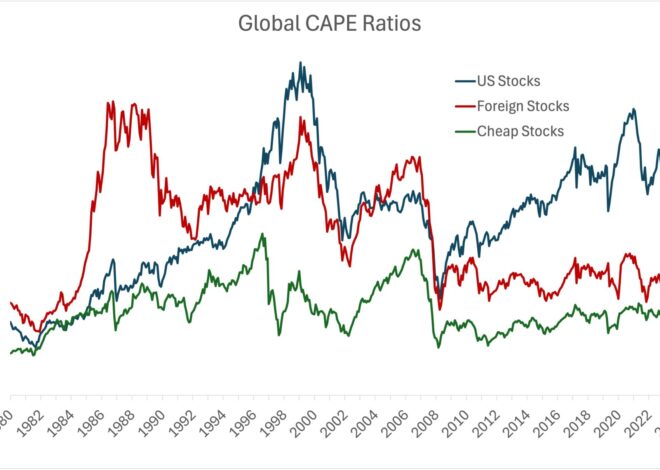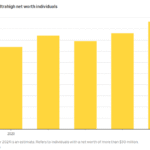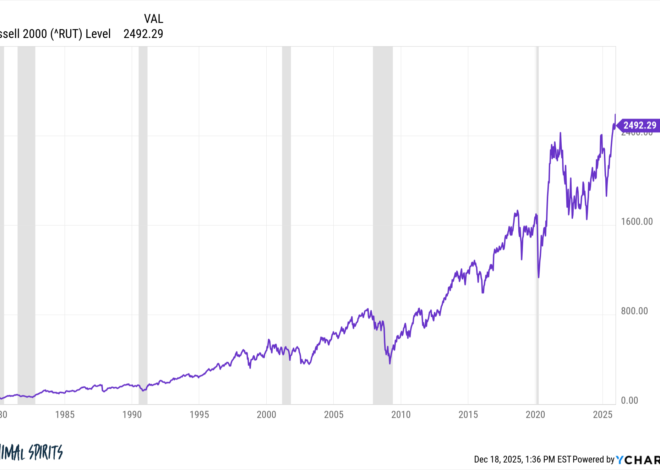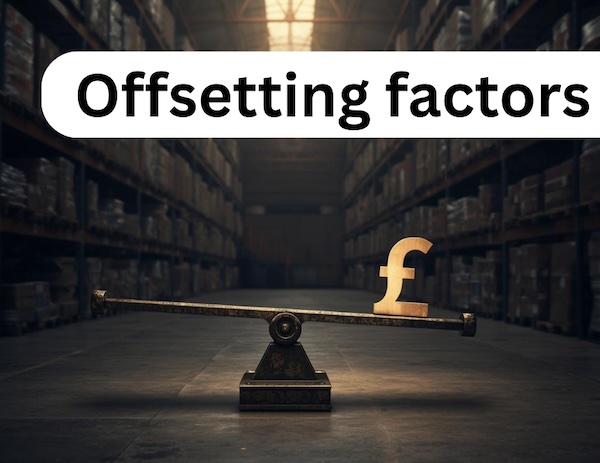How much super do I need? Most of us turn our minds to this question at some point. It’s a question I get asked quite a bit, so this week I thought I’d share with you how I go about arriving at an answer.
How Much Will You Spend?
To arrive at an answer as to how much super you need to retire, you first need to determine how much you want to spend in retirement. The Association of Superannuation Funds Australia publishes a report each year advising the spending of single and couple retirees. In their most recent report, they found that a single person living a modest retirement spends approximately $33,000 per year, whilst a single person living a comfortable retirement requires almost $52,000 per year.
For couples, a modest retirement requires $47,000 per year and a comfortable retirement $73,000 per year.
These are handy reference points, and a good place to start. My observation however is that living costs around Australia vary quite considerably. Sydney in particular is quite a bit more expensive as a place to retire then most other locations around the country. There’s also a big difference in living costs between city and rural areas. These average numbers then, whilst they might be okay if you live in a reasonably low cost area, are likely to be understated in my experience for those living in the bigger cities.
The other key swing factor that I see is people’s expectations around travel. Some people tell me that they’ve done all their travel, and don’t expect to spend a lot more in this area once retired. But at the other extreme, I have people planning around the world cruises, and multiple business class flights overseas per year. Now you’re probably not doing this in your 90s, but if travel is a big agenda item for you in retirement, then you would certainly want to factor this in for at least the first decade of your leisure years.
The figures provided by the super fund research are a good start. But ideally I’d encourage you to crunch your own numbers. Extract the data from your bank statements into a spreadsheet, and just tally up what you’ve spent over the past year. If one year is too much, then just grab the last three months and then multiply it by 4. Once you have a figure on what you are spending currently, think about how that will change once you are retired. If a lot of your current spending arises from the need to commute, then perhaps your living costs will reduce once you’re retired. Alternatively though, once retired you might want to spend a lot more time on your hobbies and interests, and frequently that would entail additional spending.
So start by determining what it costs you to live now then adjust that up or down to arrive at an estimate of how much you need in retirement.
How Much Superannuation Do You Need to Retire?
Let’s say you’ve crunched your numbers and you determine that you require $10,000 per month in retirement, $120,000 per year.
Being quite safe and conservative, if you divide this figure by 0.05, you will get to your target superannuation number, which in this case is $2.4 million. This is saying that you will be drawing down 5% of your balance per year through retirement, and allows enough room for that income to be adjusted for inflation.
Now as mentioned, that’s a fairly conservative way to arrive at an answer. If you can achieve that number, unless you did something particuarly silly like put all your superannuation in cash, it would be highly unlikely that you would run out of money during your lifetime.
Probably however, you could retire with a bit less than this. Other factors to be considered are the age at which you retire, how you will invest your retirement savings, and your thoughts on leaving something behind for the next generation. Let’s work through these three items.
At What Age Will You Retire?
The younger you retire, the more superannuation savings you need. This is pretty easy to understand. The younger you retire, the more years you need to provide for your living costs. Someone retiring at 60 quite logically needs more super than someone retiring at 70. For someone retiring at 70 years of age and requiring $120,000 per year, around $1.5 million in super would likely be fine.
How Will You Invest Your Retirement Savings?
Another key consideration that I find is often underappreciated is that the more conservative you wish to invest your retirement savings, the greater the superannuation savings that you need in order to retire.
If you invest conservatively, and earn say 4% per year, then you are going to need quite a bit more in superannuation savings to ensure that your money lasts throughout your lifetime, compared to someone who invests with a more growth orientation, and earns 8% per year. This is an idea that I find frequently trips people up. They feel that going into retirement they need to be conservative, with the train of thought being that they can’t endure market declines. But locking in low returns increases the risk that your money will run out during your lifetime. For most people who retire, their superannuation savings need to last around 30 years. It’s inevitable across that time period that they will experience market downturns. Statistically markets produce negative returns about one in every four years, so over a 30 year period, you’re going to see quite a few years where markets drop. However whilst they might go down one in four years, they go up three out of four, so for those with suitable investment allocations, there are far more gains to be made provided they’re structured in such a way to be able to withstand those down years.
Leaving Money for the Next Generation
Finally, your thoughts around leaving money behind for the next generation will certainly have an impact on how much retirement savings you require. If you’re in the Die with Zero camp, you might be able to structure your retirement savings with things like lifetime annuities, to give you assurance that you will always have income during your lifetime, but with the trade off that there’s nothing left to pass on at the end. If however, leaving an estate is a priority, it may be that you want a bit more in superannuation to ensure in particular that you’re never forced to downsize your home or take out a reverse mortgage to provide for living and care needs later in life.
The vast majority of work that we do for our clients in the initial phase, is understanding what’s possible, and most commonly this includes understanding when is it possible to retire. In the financial modelling that we do we can include things like travel expenses for a particular period of time, incoming inheritances, selling particular assets that perhaps have capital gains tax consequences, gifts to children, and plenty more. Building al this in is how we can get to a really robust answer around how much you need and more importantly, when is it feasible to retire.
But hopefully what I’ve stepped you through here gives you a starting point to at least arrive at an approximation of whether you’re on track.
Thanks for reading, I hope you’ve found it helpful. We’ll be back in a fortnight’s time.








